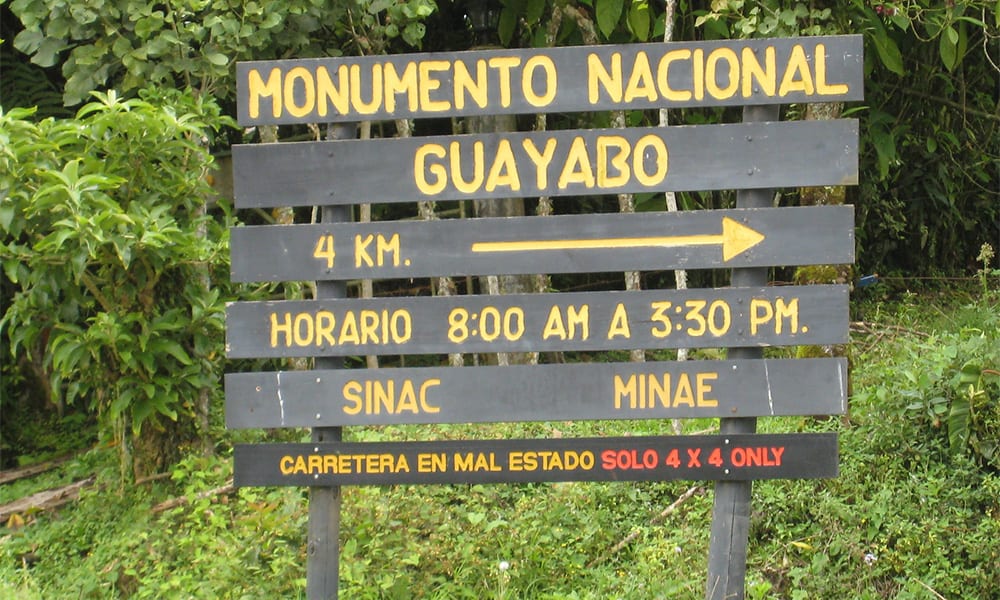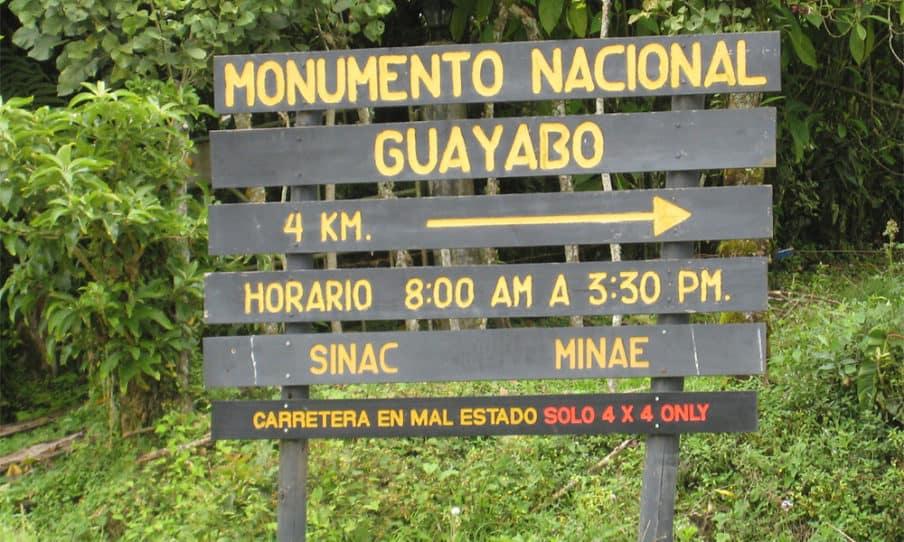
Guayabo National Monument is one of Costa Rica’s hidden treasures. This archaeological site, home to the ruins of a major pre-Columbian city, was inhabited from 1000 BC to 1400 AD. Spanning nearly 250 acres, it offers a window into the lives of indigenous peoples who thrived long before European contact. From intricate stonework to mysterious petroglyphs, Guayabo showcases the sophistication of Costa Rica’s earliest civilizations.
Join us as we explore its history, features, and why it’s a must-visit for anyone curious about the country’s past.
A Glimpse into Guayabo’s Past
Guayabo was a bustling city at its peak around AD 800, possibly home to 10,000 people. It served as a political, social, and religious hub, connecting smaller villages through trade and culture. The city’s strategic location on the slopes of Turrialba Volcano provided fertile land for farming corn, root vegetables, and guava, while its elevation offered a cooler climate than the coastal plains. Its sudden abandonment around 1400 AD, a century before Spanish arrival, remains a mystery.
Theories suggest disease, conflict, or environmental changes, but no clear evidence—like skeletal remains or burned structures—exists to confirm these ideas. The jungle reclaimed the site, preserving it until its rediscovery in the 19th century.
Discovery of the Ruins
Guayabo’s ruins were first noted in the 1800s when locals clearing land for coffee farming stumbled upon stone structures. In 1882, Anastasio Alfaro, director of the National Museum, began explorations, but systematic excavations started in 1968 under archaeologist Carlos Aguilar at the University of Costa Rica.
A local campesino’s discovery of stone bricks and aqueducts in 1968 sparked renewed interest, revealing a complex city. These efforts uncovered a sophisticated society, expanding our understanding of pre-Columbian Costa Rica.
Layout and Features of the City
Guayabo’s 233-hectare site includes paved roads, bridges, plazas, tombs, petroglyphs, and over 200 circular stone platforms that once supported wooden homes with thatched roofs. Its engineering marvels include:
- Aqueducts: The Pizote Aqueduct, with overlapping bricks, diverted river water to supply the city while preventing infiltration. Some channels still function today, earning Guayabo a 2009 World Heritage of Civil Engineering designation from the American Society of Civil Engineers.
- Roadways: Stone-paved paths, designed for drainage, connected key areas, showing advanced urban planning.
- Mounds: Circular stone bases, up to 76 feet wide and 9 feet high, supported homes and civic buildings.
- Petroglyphs: Carvings of jaguars, alligators, and abstract symbols hint at spiritual beliefs, though their full meaning remains unclear.
- Tombs: Drawer-style tombs, built with boulders, suggest evolving burial practices and a hierarchical society.
The Gran Plaza Circular and Espirales trails highlight these features, with the “Piedra de los Sacrificios” (Sacrifice Stone) standing out for its ritual basins. The site’s layout reflects a stratified society led by chieftains who oversaw major construction projects.
| Feature | Description | Significance |
|---|---|---|
| Aqueducts | Stone channels for water supply | Advanced hydraulic engineering, still functional |
| Roadways | Paved, sloped paths for drainage | Urban planning expertise |
| Mounds | Circular stone platforms for buildings | Supported homes, temples; show societal organization |
| Petroglyphs | Carved symbols on boulders | Reflect spiritual, artistic expression |
| Tombs | Stone drawer tombs | Indicate burial practices, social hierarchy |
Archaeological Insights
Guayabo was part of the Intermediate Area cultural region, linking Costa Rica to civilizations from Alajuela to northern Ecuador and Venezuela. Its economy relied on agriculture, hunting, and fishing, with trade networks evidenced by cocoa and gold artifacts. Jade and gold ornaments, found in elite tombs, were status symbols, pointing to a society with distinct social classes.
Pottery and stone carvings, many now in the National Museum in San José, show influences from Mayan, Olmec, and Chibcha cultures, suggesting wide cultural exchange. Recent research explores the site’s abandonment, with some studies linking it to possible climate shifts or social upheaval, though definitive answers remain elusive. Only about 5-20% of the site has been excavated, leaving much to uncover.
Visiting Guayabo National Monument
Located 18 km northeast of Turrialba, Guayabo is a 2-hour drive from San José via Route 230. The site is open daily from 8:00 AM to 3:30 PM, with a $5 entry fee for non-residents ($10 including a guide, recommended for deeper insights).
Trails like Los Monticulos and Petroglifos are well-maintained, taking 20-30 minutes to explore, with information boards and viewpoints. The visitor center displays artifacts like metate grinding stones, jade pendants, and ceramics.
The surrounding rainforest adds to the experience, with chances to spot toucans, howler monkeys, or sloths. Pack comfortable shoes, rain gear, and sunscreen, as the climate is humid with temperatures around 75°F. No food, pets, or bags are allowed inside. For a full day, pair your visit with nearby attractions like the Turrialba Volcano or Guayabo Butterfly Farm.
Preservation and Recognition
In 1973, President José Figueres Ferrer declared Guayabo a National Monument, protecting it from privatization. The National Museum of Costa Rica now oversees conservation, with ongoing efforts to preserve both the ruins and the surrounding pre-montane rainforest. In 2009, UNESCO recognized Guayabo as a World Heritage Site for its engineering achievements. Researchers, supported by universities in Costa Rica and abroad, continue to study the site, aiming to unravel its mysteries.
Why Guayabo Matters
Guayabo isn’t as famous as Machu Picchu or Chichen Itza, but its significance lies in its unique story. It highlights the ingenuity of Costa Rica’s indigenous peoples, often overshadowed in history. Walking its trails, you can almost picture ancient residents tending crops or carving petroglyphs.
The site’s remote setting and untouched sections fuel curiosity about what lies beneath the jungle canopy. For history buffs, nature lovers, or anyone seeking a quieter adventure, Guayabo offers a chance to connect with Costa Rica’s deep roots.

